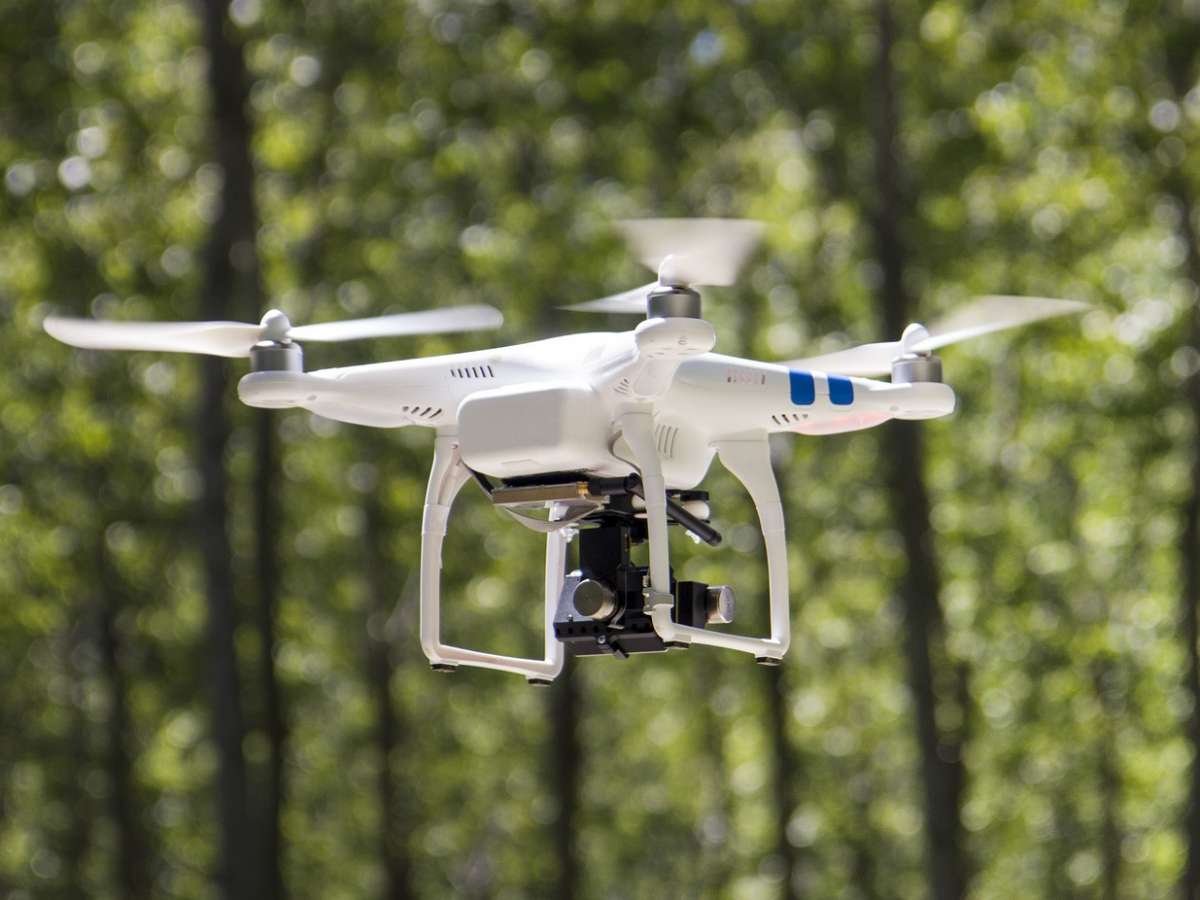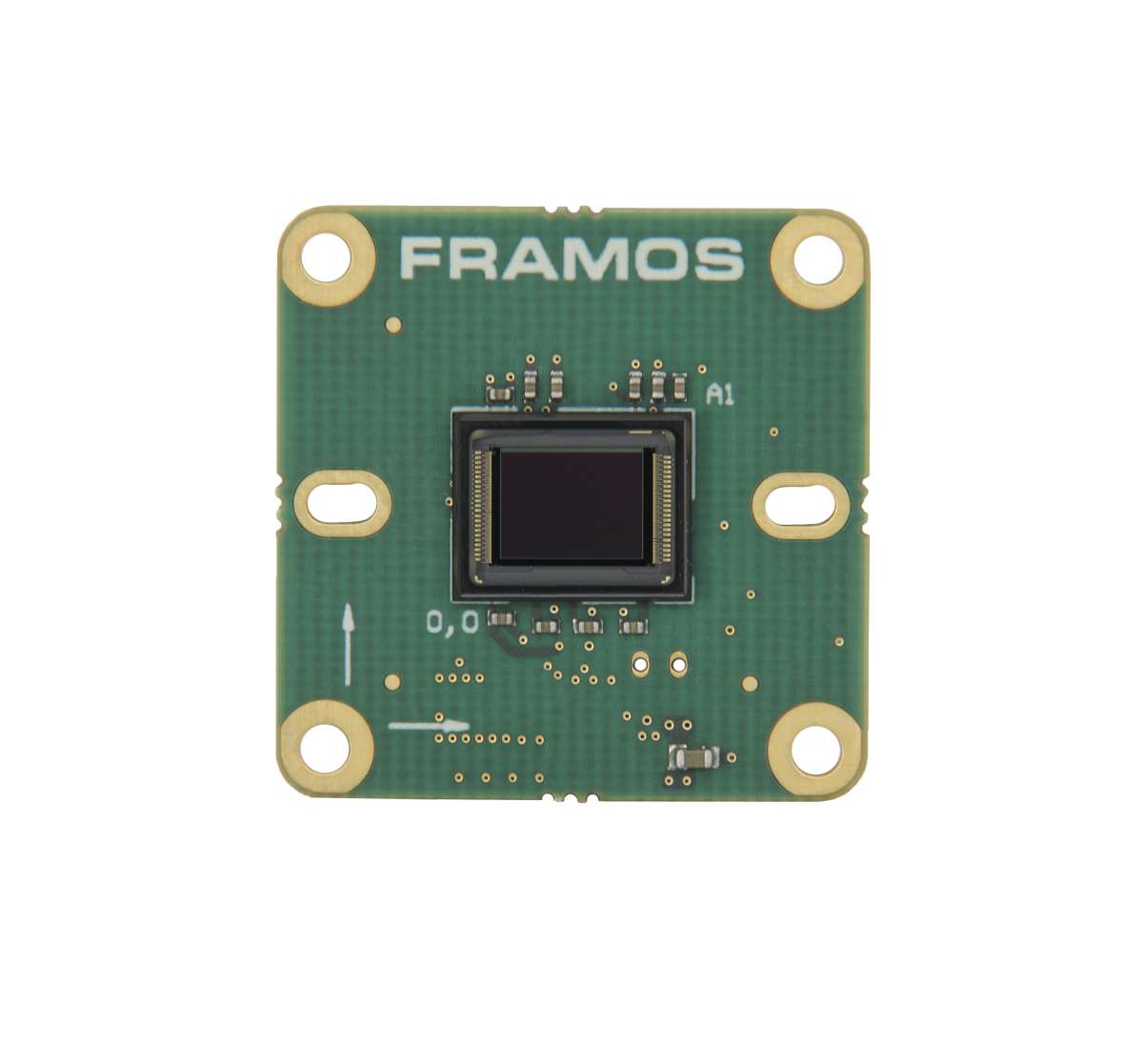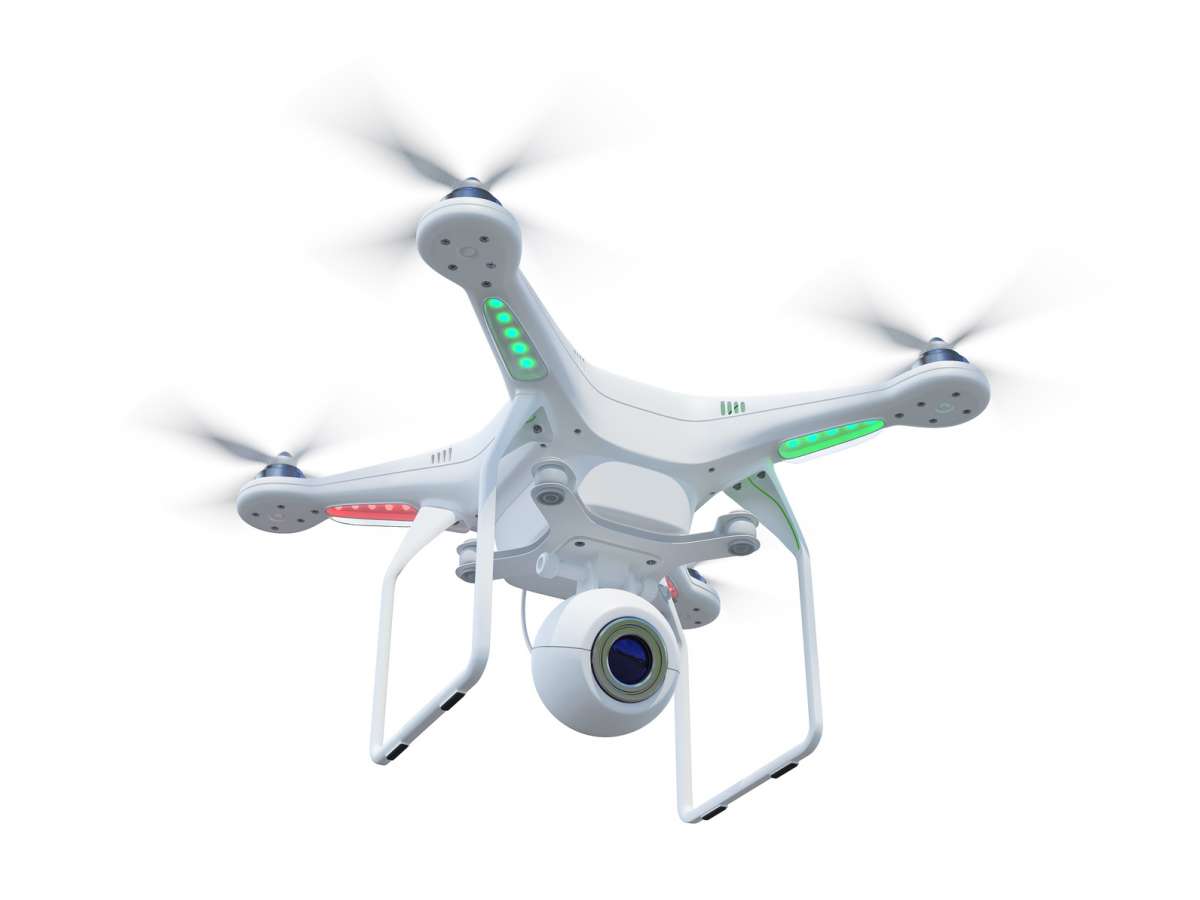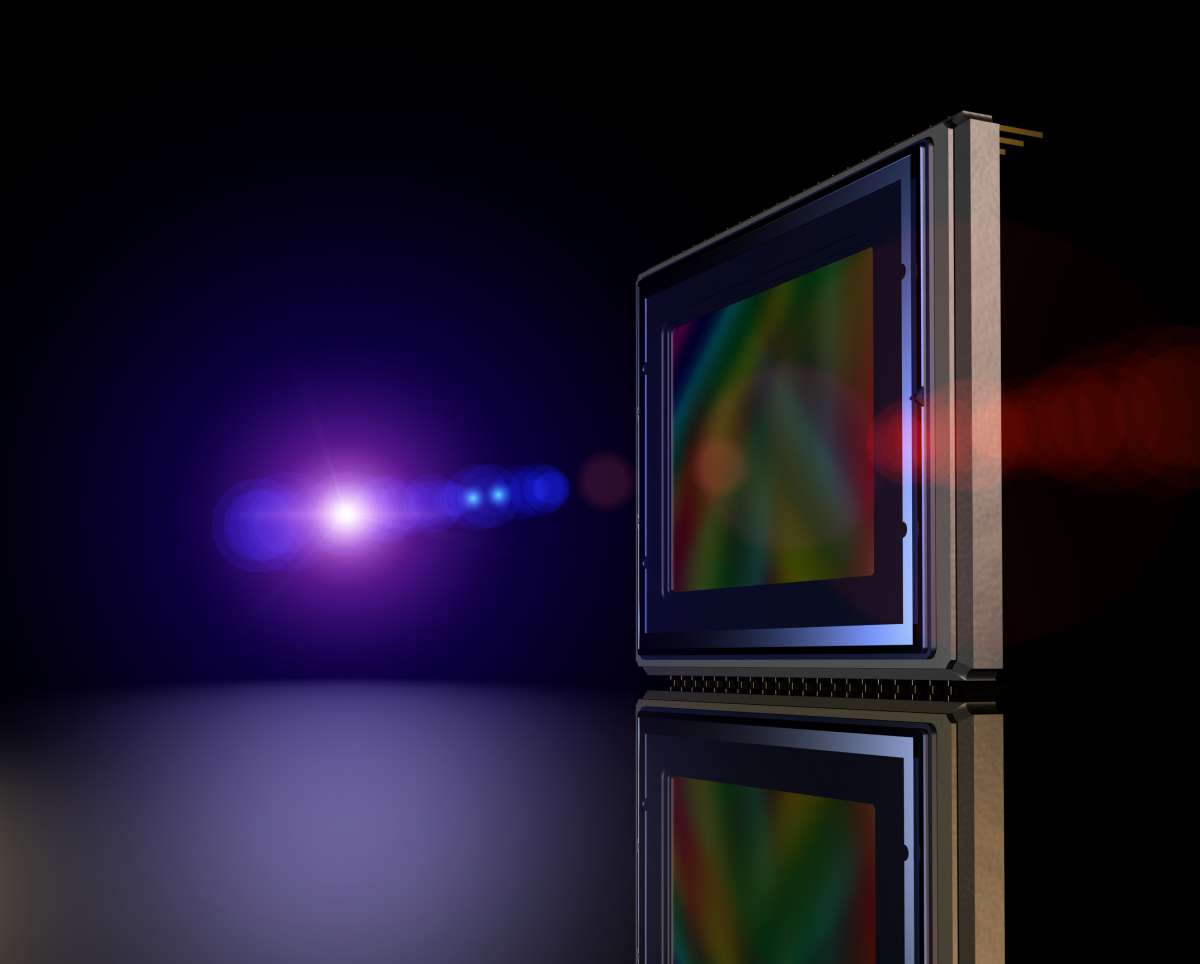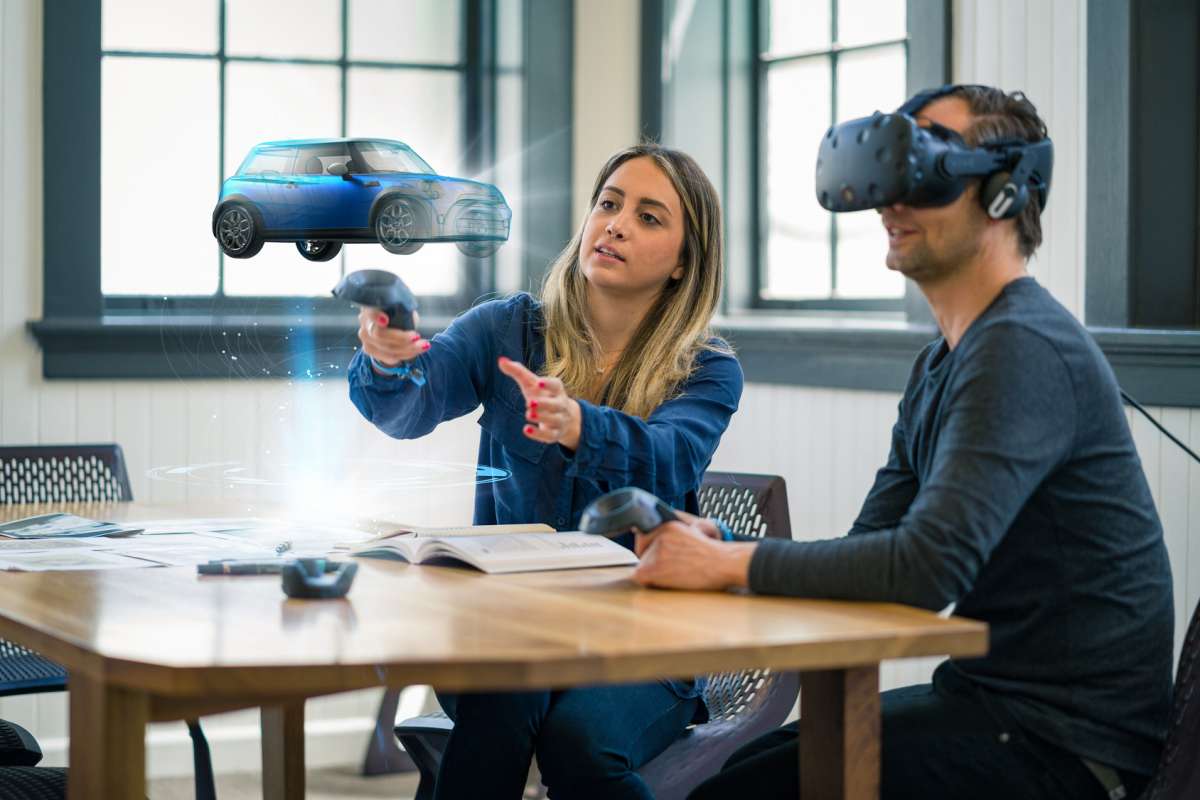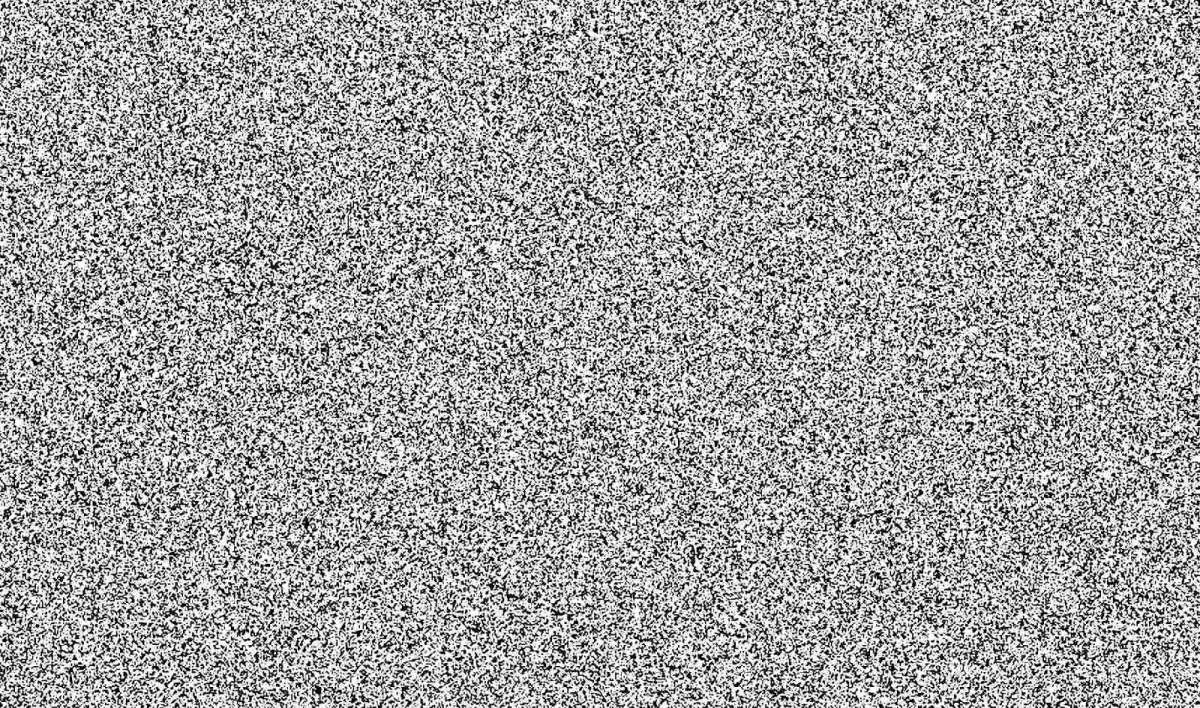
Embedded Vision Solutions Do Not Need to Come from Asia!
Embedded Vision is an important driver of digitization and automation, it makes machines and devices autonomously by enabling them to see. Many companies and OEMs work with components and suppliers from the Far East. Historically, this geographic location allows the integration of image processing into machines and devices, cost-effectively, and efficiently. Axel Krepil, VP of Sales for FRAMOS in Munich, Germany, reports on the resulting challenges from a developers point of view – how manufacturers and customers can develop tailor-made vision, high quality, and low cost solutions directly with local partners; and, at the same time, shorten their products’ time-to-market.



